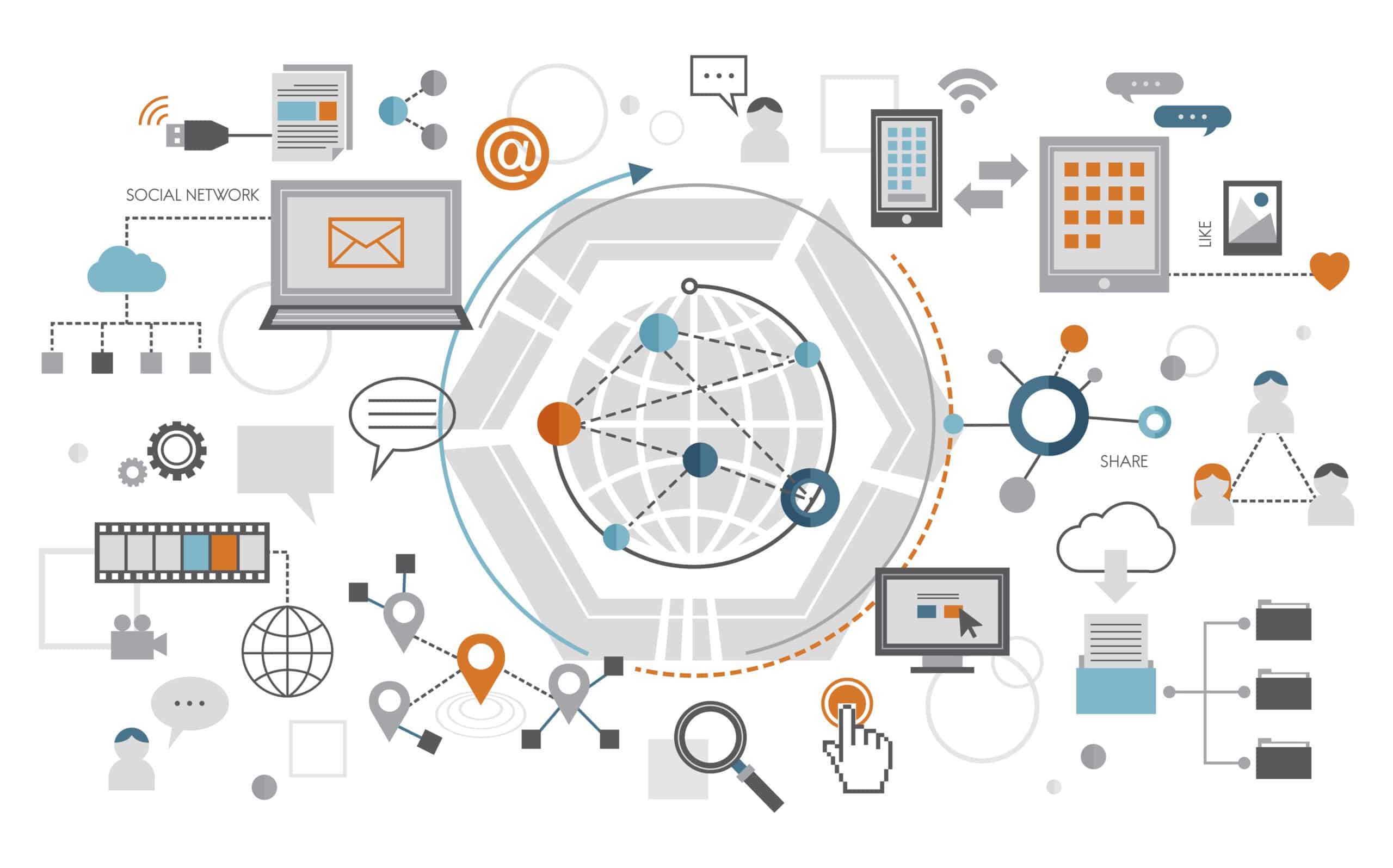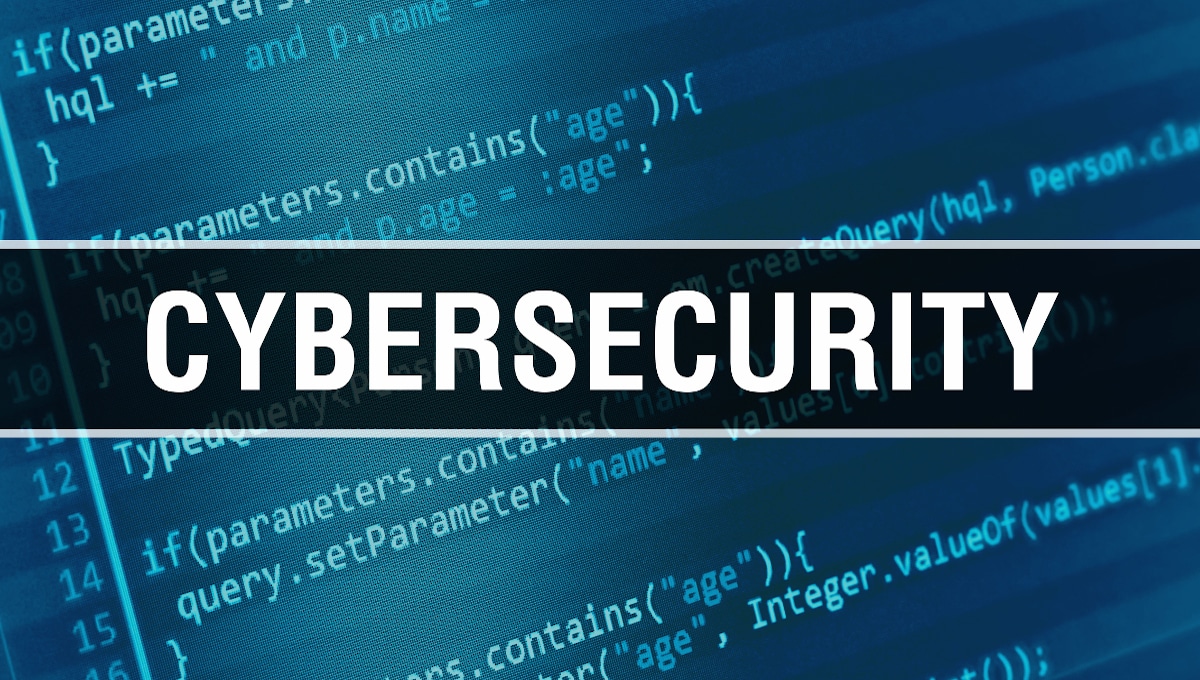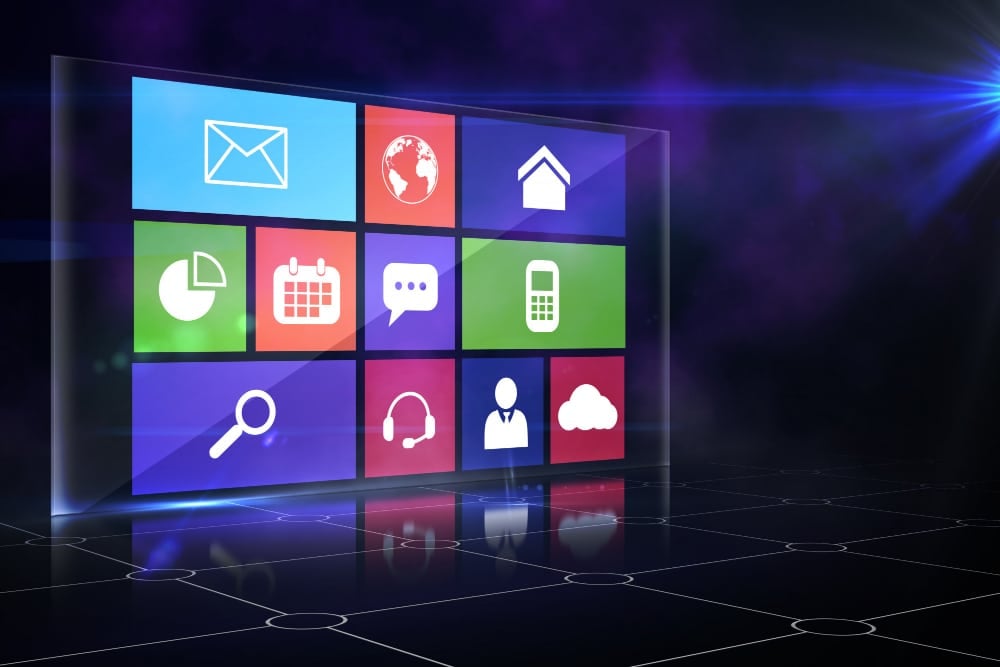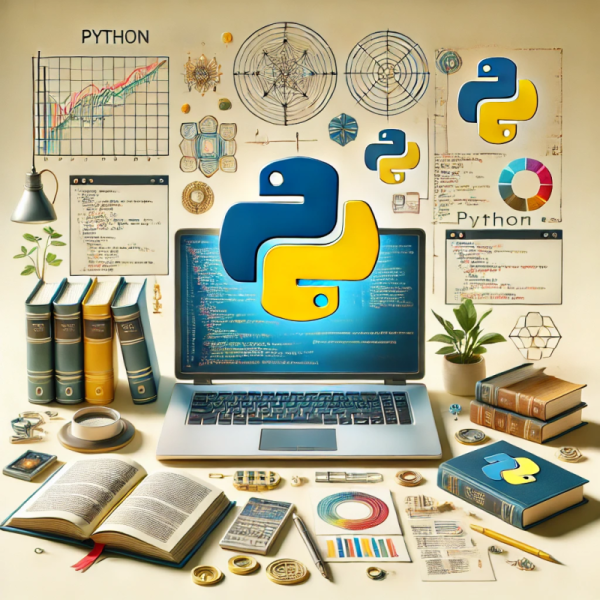Linux is an operating system like Windows and Mac OS. It has been around since the mid-1990s and is, in fact, one of the most popular operating systems in the world right now. An operating system is a software system managing all the hardware resources attached to your computer.
Besides being a popular system for running desktops, laptops, and servers, it is also the most reliable, secure, and worry-free OS. It also runs most of the internet and devices connected to the internet and all the supercomputers in the world.
What Are the Basic Components of Linux?
Every operating system has components, and Linux is not excluded. Some of the basic components include:
1. Bootloader
Your computer needs to go through booting when starting up. This startup sequence needs guidance, and the Linux OS is the software in charge of controlling the process. When you start your computer, the bootloader is in charge of kick-starting the process.
2. Kernel
The OS kernel is the part nearest to your computing hardware. It is in charge of controlling the CPU, memory access, and all the other peripheral devices, making it the lowest level of the Linux OS.
3. Init System
The Init system is the sub-system that bootstraps the user space and manages and controls the daemons. Daemons are small applications that are quite essential in the OS background. They ensure that critical functions such as printing, and multimedia in the computer function correctly. Systemd is one of the more common systems although it is quite controversial.
4. Graphic Server
The graphic server displays all the graphics; still and motion graphics, on your computer screen. It’s commonly referred to as the X server.
5. Desktop Environment
The desktop environment is the piece that the users interact with. Several desktop environments exist, including GNOME, Mate, Cinnamon, Pantheon, and KDE. Each desktop environment is unique. However, the one thing they have in common is that all have built-in applications such as file managers, web browsers, and games.
6. Applications
The desktop environment cannot cater to all the applications since there are too many. The Linus OS can, however, support specific individual applications. They also have app stores that help you find and install apps on your computer.
What Devices Use Linux OS
Linux is an open-source operating system that mainly runs on computers and other electronic devices that can accommodate it. Currently, very few users use Linux OS compared to Windows and Apple systems.
It’s also used in other devices such as watches, fridges, and even smart cars. Almost all supercomputers run on a Linux OS since it’s the most updated and secure. However, less than 2% of computer users use the OS on their computers today. The most common operating system is Microsoft Windows, with 85% of users.
Electronic Home Devices With a Linux Operating System
Most household electronics have an operating system that is responsible for relaying instructions. Linux is embedded in most of these devices, from your TV remote to the smartwatch on your wrist that you use to measure your steps and check your heartbeat.
1. Smart TV
Smart TVs have embedded applications that enable users to switch from one application to another. The most common OS on most smart TVs is the Linux operating system. Some TVs that don’t have smart features also operate on Linux OS.
2. Tablets, Phones, and Ebook Readers
Most phones, tablets, and E-book readers are usually embedded with a Linux operating system. Android mobile phone operating systems are developed based on the Linus Kernel, which helps in making them safe against most cyber-attacks and lagging.
3. Smartwatches
The demand for smartwatches that can act as fitness trackers is at an all-time high. Many manufacturing companies embed a Linux operating system into their smartwatches due to the wide variety of systems that need to be integrated with these watches.
4. Car Navigation Systems
Car navigation systems and in-built GPS use a different version of Linux operating systems. For example, Garmin and some Tesla models use Linux for the Nuvi 8xx and Nuvi 5xxx GPS navigation devices.
5. Digital Cameras and Surveillance Cameras
Most digital surveillance cameras and motion detectors are preconfigured with a watered-down version of the Linux operating system. It enables the cameras and motion detectors to portray good graphics.
Advantages of Linux
Linus is the best-known and most used operating system, and there are several reasons why that is:
- It does not collect data from users’ computers, which ensures user privacy.
- It’s pretty rare for the Linux OS to crash or slow down.
- Linux OS is open-ended software for everyone interested in contributing, codifying, and enhancing the source code. Users can also download it onto their computers and use it for free.
- It’s more secure than Microsoft Windows regarding hacking and cyber-attacks. Every program and software on the OS needs authorization from the admin, who is required to type in a password to gain access.
- It’s easier and safer to update software compared to Windows OS.
- You can use the Linux OS on older computers since they utilize some of the most updated systems, like firewalls, low-end systems, and backup servers.
- Linux allows users to customize their system, add wallpapers and icon themes, and easily delete and add features as needed.
- There is a lot of help available on the significant errors and scenarios that occur when using the Linux OS since many programmers use it.
- Linux supports and reads almost all possible file formats.
- Low storage does not compromise the speed and performance of the software and applications.
Which Linux OS Is Right for You?
Your choice is going to depend on your personal needs. You also need to consider your computer skills and whether you plan on using your Linux OS on your desktop or only to serve applications. If you use it on your desktop, do you prefer modern-looking distros or a more classic look?
If you have basic computer skills, you should consider the distros that cater to inexperienced users, such as Linux Mint and Deepin. Some of the choices available for a pro-Linux user are Fedora and Debian. The most experienced users can use Gentoo, which is a bit challenging and is the distro used by most programmers.
As for servers, some are best managed through the command line since it prevents them from being slowed down by the graphics server. However, some distros don’t come with their own GUI, and some let you to get and install a GUI after installing the server.
Your choice of server also depends on what you plan on using the OS for; some server distros are excellent for specific occasions, including pre-bundled services. You can start with the desktop distribution of the server and add the Linux OS components when you need them.



